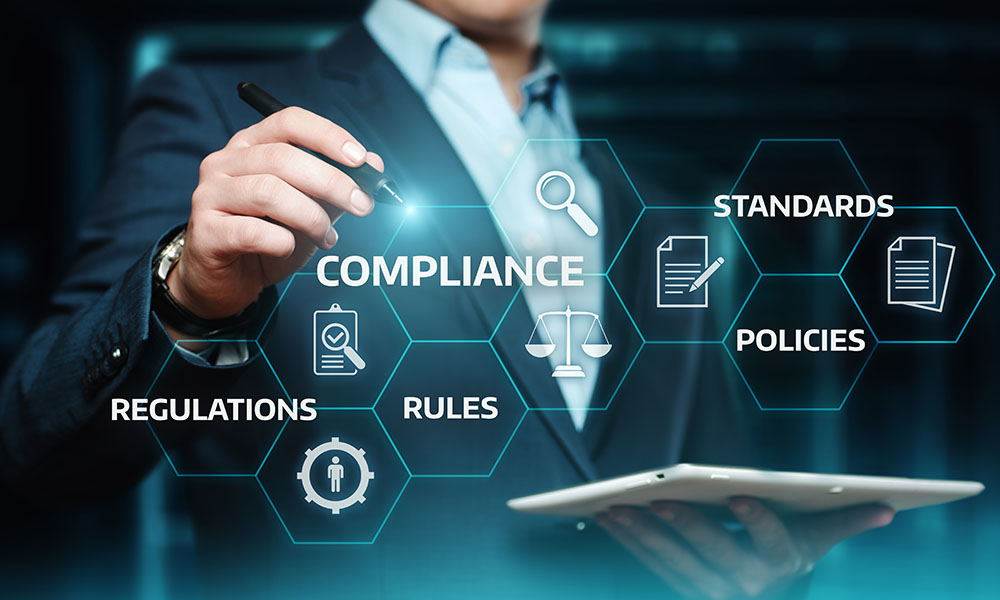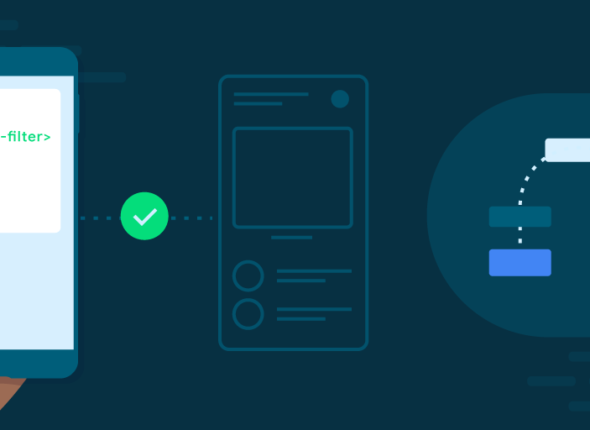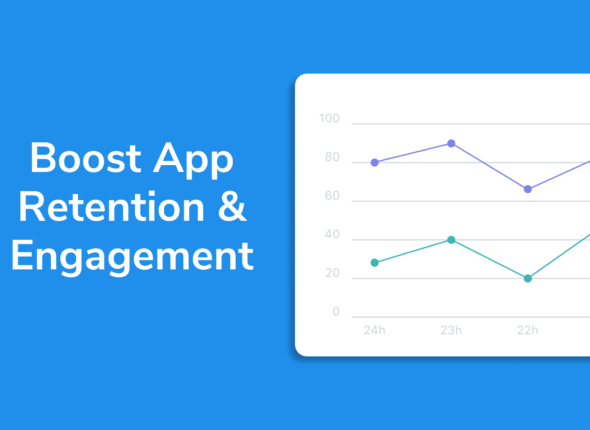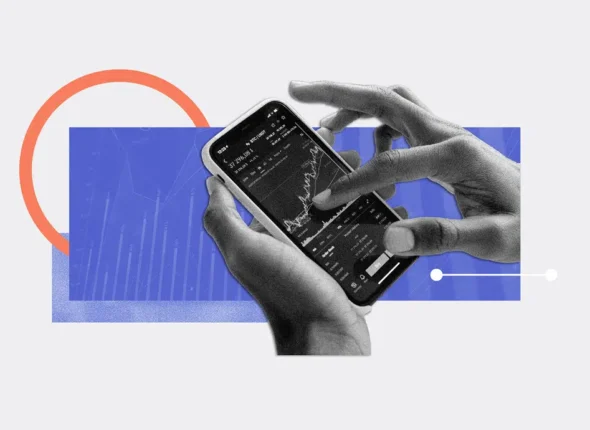In today’s highly connected and digitized world, mobile applications have become integral to our daily lives. As app developers race to innovate, they must also contend with a growing and complex web of regulations and compliance standards. Ensuring compliance with these regulations is critical for protecting user data, avoiding legal issues, and maintaining trust. Failure to adhere to the appropriate laws can result in significant fines, reputational damage, or even app removal from popular app stores.
This blog will provide a detailed overview of regulations and compliance in mobile app development, focusing on key regulatory frameworks, why compliance matters, how to integrate it into the development process, and best practices for staying compliant in a constantly evolving regulatory landscape.
What is App Compliance?
App compliance refers to the adherence to a set of legal, security, and privacy standards that govern how mobile applications operate, especially in regard to user data. Compliance regulations ensure that apps protect user privacy, operate ethically, and meet industry-specific requirements. This covers a wide range of areas, including data privacy, security, intellectual property, consumer protection, and accessibility.
Why Compliance Matters in Mobile App Development

1. Data Privacy and Security
Mobile apps often handle sensitive user data such as personal information, payment details, and location data. Ensuring this data is collected, processed, and stored securely is critical. Non-compliance with data privacy regulations can lead to breaches, resulting in financial loss, legal penalties, and damaged trust with users.
2. Legal and Financial Consequences
Failure to comply with regulations like GDPR or COPPA can lead to hefty fines. For example, under the General Data Protection Regulation (GDPR), non-compliant companies can face fines up to €20 million or 4% of global revenue, whichever is higher. Ensuring compliance helps prevent costly legal battles and fines.
3. App Store Policies
To publish apps on major platforms like Google Play and Apple’s App Store, developers must follow strict guidelines. These guidelines cover data protection, user consent, and app functionality. Non-compliance can result in app rejection, removal, or suspension from the stores, hindering the app’s availability to users.
4. Protecting Brand Reputation
Compliance is also about trust. In an age where consumers are highly aware of privacy issues, apps that fail to prioritize compliance risk damaging their reputation. Users expect apps to respect their privacy and data rights; any breach of this trust can result in loss of customers and long-term brand damage.
Key Regulations Governing Mobile Apps
Compliance regulations can vary significantly depending on the app’s target market, user base, and industry. Below are some of the most critical regulations that app developers must be aware of:
1. General Data Protection Regulation (GDPR)
The GDPR is one of the most stringent data protection laws globally and applies to any business that processes the personal data of European Union (EU) citizens. It governs how user data is collected, stored, and processed, and grants users more control over their personal information. Some key principles of GDPR include:
- User consent: Apps must obtain explicit consent from users before collecting or processing their data.
- Data minimization: Only collect the necessary amount of data needed for the app’s purpose.
- Right to access and delete: Users have the right to access their data and request its deletion.
2. California Consumer Privacy Act (CCPA)
The CCPA is a state law that applies to businesses operating in California or those handling the personal data of California residents. Similar to GDPR, CCPA aims to enhance privacy rights and consumer protection. It requires businesses to inform users about what data is collected, how it’s used, and provide options to opt-out of data collection. Non-compliance can result in fines and lawsuits.
3. Children’s Online Privacy Protection Act (COPPA)
COPPA governs the collection of personal information from children under the age of 13. Apps targeting children must meet strict requirements, such as obtaining parental consent before collecting data, ensuring data security, and providing clear privacy notices. Non-compliance can result in hefty fines.
4. Health Insurance Portability and Accountability Act (HIPAA)
For apps that handle health-related data, particularly in the U.S., compliance with HIPAA is essential. HIPAA governs how medical information is stored, shared, and accessed. Apps in the healthcare space must implement robust security protocols to protect sensitive health information and ensure compliance with privacy standards.
5. Payment Card Industry Data Security Standard (PCI DSS)
For apps that process credit card payments, compliance with PCI DSS is crucial. PCI DSS sets standards for securing cardholder data and minimizing the risk of data breaches. Failure to comply can lead to fines, increased transaction fees, or the loss of payment processing capabilities.
6. App Store Guidelines (Apple and Google)
Beyond legal requirements, both the Apple App Store and Google Play Store enforce their own guidelines for data privacy, app functionality, and security. App developers must comply with these policies, which often align with broader regulatory frameworks like GDPR and CCPA.
How to Integrate Compliance into the App Development Process
Ensuring that your app complies with regulations is not a one-time task but a continuous process that should be integrated throughout the development lifecycle. Here’s how developers can incorporate compliance into each stage of development:
1. Design and Planning
Start by identifying the regulations that apply to your app based on factors such as your target audience, industry, and geographic regions. Conduct a risk assessment to determine how data will be collected, stored, and protected. Incorporate privacy-by-design principles, ensuring that privacy considerations are baked into the app’s architecture from the outset.
2. User Consent and Transparency
Create transparent, user-friendly privacy policies and terms of service. Make it clear what data is being collected, why it’s necessary, and how it will be used. Always obtain explicit consent before collecting user data, particularly for sensitive information like location, health, or financial details.
3. Data Encryption and Security
Data security is a critical aspect of compliance. Implement encryption for data both in transit and at rest to ensure that sensitive user information is protected from unauthorized access. Use robust authentication methods, such as two-factor authentication (2FA), to prevent breaches.
4. Regular Audits and Compliance Checks
Regularly audit your app’s data collection and storage processes to ensure they align with current regulations. Keep up with updates to regulations like GDPR and CCPA, as non-compliance can occur if your app’s practices don’t reflect new legal requirements.
5. Access Control and Data Minimization
Limit access to sensitive data within your organization, ensuring that only authorized personnel can view or manage it. Additionally, follow the principle of data minimization, which encourages developers to only collect the data necessary for the app’s core functionality.
6. Incident Response and Breach Notification
Establish a plan for handling data breaches, as most privacy regulations require timely reporting of breaches to both users and regulatory bodies. Having an incident response plan in place can mitigate the damage of a data breach and help you remain compliant with notification requirements.
7. Testing and Documentation
Before launch, thoroughly test your app for compliance with privacy and security standards. Use compliance testing tools to validate that the app adheres to regulations. Document all compliance measures and maintain records of user consent and data processing activities.
Best Practices for Ensuring Continuous Compliance
Compliance is an ongoing process, as regulations and technology constantly evolve. Here are some best practices for staying compliant over the long term:
1. Stay Informed on Regulatory Changes
Data protection and privacy regulations are continually evolving. Subscribe to legal updates and industry newsletters to stay informed about new regulations or changes to existing ones. Regularly review your app’s practices to ensure compliance with the latest requirements.
2. Train Your Team
Ensure that your entire development and operations team is educated about compliance requirements. Conduct regular training sessions on topics like data security, privacy laws, and breach response protocols. Having a well-informed team reduces the likelihood of non-compliant practices slipping through.
3. Work with Legal and Compliance Experts
Consult with legal experts who specialize in app compliance to ensure that you’re meeting all regulatory requirements. Compliance is a highly specialized field, and having expert guidance can prevent costly mistakes.
4. Implement Privacy by Design
Incorporate privacy by design into your development process by making privacy and security a priority from the beginning, rather than an afterthought. Build features that protect user data, and continuously improve security protocols as new threats emerge.
5. Monitor and Respond to User Feedback
Users are often the first to notice compliance issues, especially when it comes to data privacy. Monitor app reviews, social media, and support tickets for any concerns related to privacy or security, and address them promptly.
Conclusion
As mobile app development continues to expand, ensuring that your app complies with the various regulations and standards governing privacy, data security, and user rights is essential. Compliance is not only a legal requirement but also a business necessity to build trust, protect users, and avoid costly penalties.
By integrating compliance into every stage of the app development process—from design to testing and post-launch monitoring—developers can create apps that are both secure and user-friendly. Staying informed about regulatory changes, training your team, and working with legal experts are key to navigating the complex landscape of app regulations and ensuring long-term success.
Tips for Reducing App Load Time and Memory Usage
- October 17, 2024
- Com 0
In today’s fast-paced digital world, users expect mobile apps to perform flawlessly, load quickly, and run efficiently. An app that…
Strategies to Reduce App Abandonment and Increase Retention
- October 17, 2024
- Com 0
In the highly competitive app marketplace, user retention is one of the most important metrics for measuring success. While acquiring…
Fintech App Development: Ensuring Compliance and Security
- October 16, 2024
- Com 0
The rapid growth of fintech (financial technology) apps has revolutionized the financial services industry. From mobile banking and digital wallets…
The Future of Mobile Apps in the Travel and Tourism Industry
- October 15, 2024
- Com 0
The travel and tourism industry has undergone a significant transformation in recent years, driven largely by advancements in technology. Mobile…
What Every Developer Should Know About Securing API Endpoints
- October 13, 2024
- Com 0
APIs (Application Programming Interfaces) play a critical role in modern application development, enabling communication between client applications and backend services.…
Integrating Cloud Services into Your Mobile App
- October 12, 2024
- Com 0
Cloud services have revolutionized the way modern mobile apps are developed, deployed, and maintained. Integrating cloud services into your mobile…







